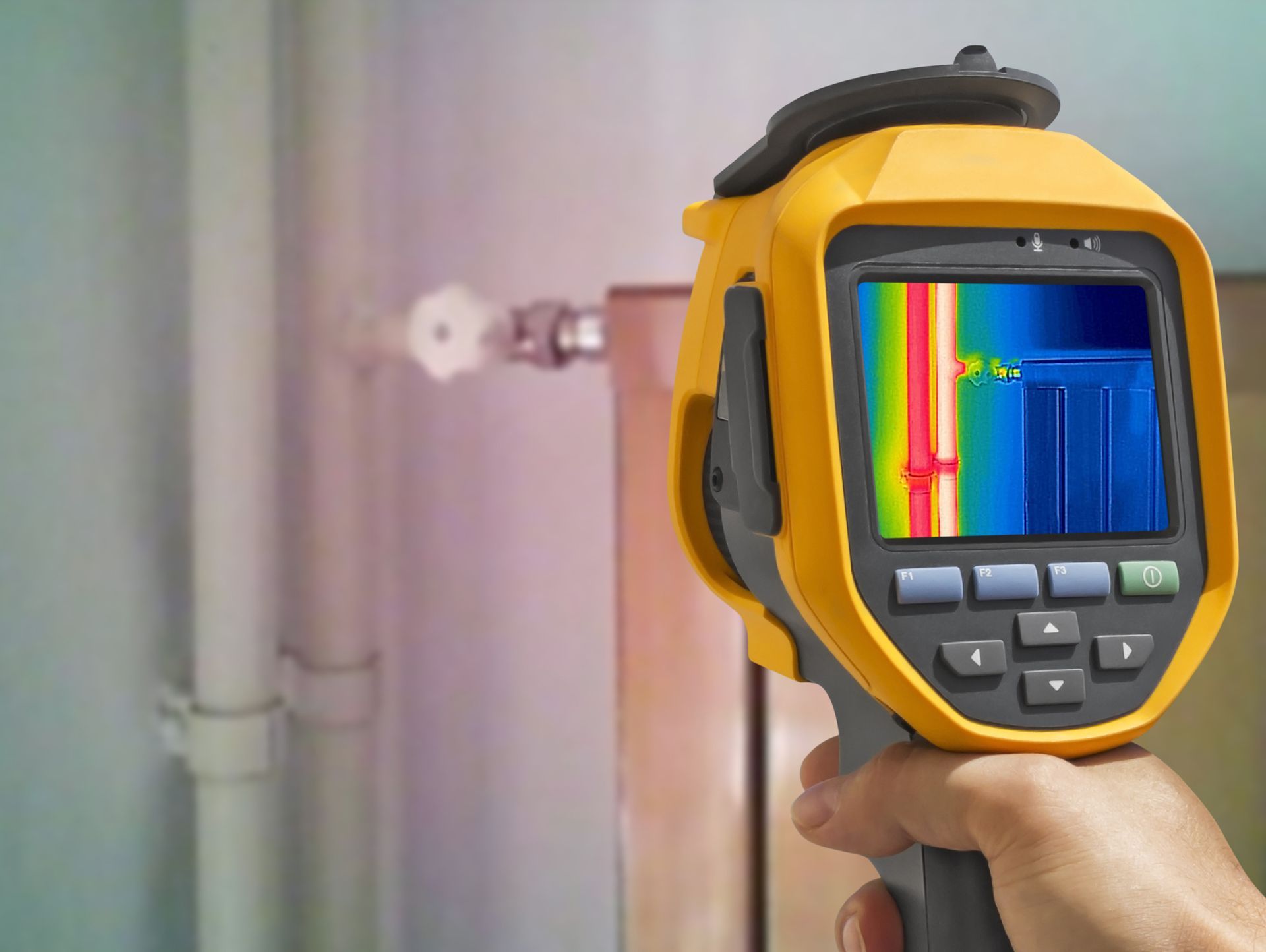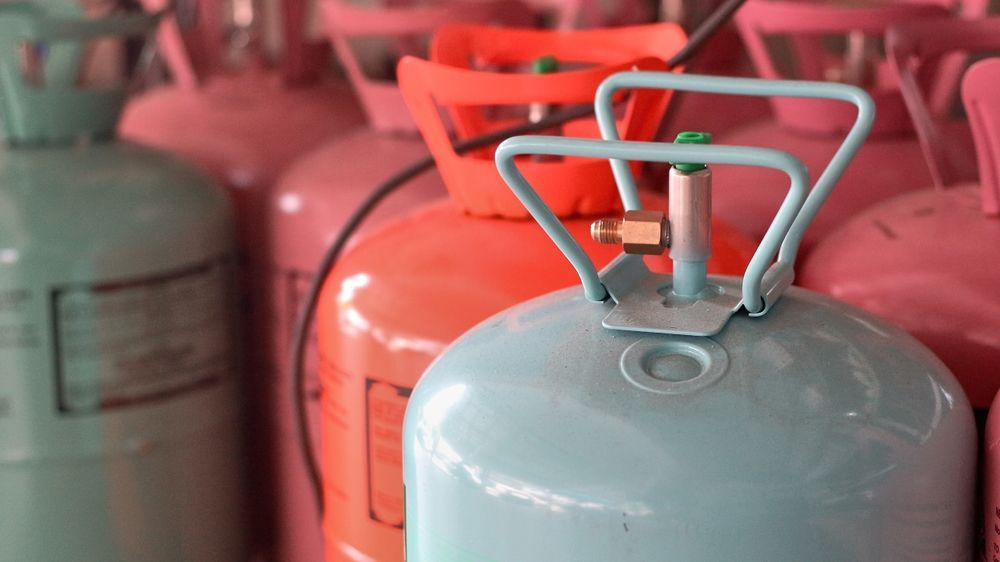How do Radiant Tube Heaters Work?

When you're exploring options for a commercial HVAC system, you may come across radiant tube heating systems. This type of heater offers a quiet, draft-free way to warm a commercial or industrial space.
However, many people have questions about how radiant tube heaters work. Read on to learn about the types and benefits of radiant heating, so you can make an informed choice of heating systems for your commercial space.
What is a Radiant Tube Heater and How Does it Work?
What, exactly, is a radiant tube heater? This type of heater, sometimes known as infrared, works by moving waves of heat through the air. It works much like the sun's rays, which emanate from above and heat the surface of the earth.
Heat from the sun takes the form of electromagnetic waves that travel until they reach a surface or an object. When the rays strike, that radiant energy is absorbed and converted to heat, that's then reflected back outward.
Radiant tube heaters work much the same way. A radiant tube heater is usually installed near the ceiling. This type of heater starts with combustion, thanks to an electrode that ignites air and gas inside a sealed tube.
The flames create radiant energy that's directed downward. The energy waves travel until they hit a surface — such as a floor — or an object, like furniture or machinery. The surfaces and floors absorb the radiant energy, creating what's known as a "heat sink."
This heat is then reflected back into the space, creating a warm, comfortable temperature that's free from drafts. Because the heat sink is concentrated at the floor level — i.e. where people work and live — this creates a comfortable environment.
Benefits of Using Radiant Tube Heaters
Now that you understand how radiant tube heaters work, your next question probably concerns the benefits of this type of heating system. In fact, radiant heat offers a number of benefits for commercial property owners.
First, radiant tube heaters are more efficient. They use gas and a small amount of electricity to create heat. This makes them more efficient than most forced-air systems.
In addition, with radiant heating, floors and objects absorb and reflect heat back into the space. This cycle of radiation, absorption and convection leads to faster heat recovery, and means you can set the thermostat at a lower temperature.
Radiant tube heaters can be positioned strategically and only heat the areas you want to heat. For instance, when used in spaces with high ceilings — say, for instance, a warehouse or hangar — the downward direction of the infrared waves means the large, empty spaces above aren't heated, reducing energy waste. Instead, warmth is focused at the floor level.
They also tend to cost less to operate than electric-based heating systems. Radiant tube heating operates in a similar manner to electrical resistance heating, in which electricity heats wires so that they emit heat waves. However, radiant tube heating uses much less electricity, leading to significant savings on electric bills.
Another benefit lies in the comfort levels this type of heating system produces. Radiant tube heaters warm up a commercial space in the same way that the sun warms the earth.
It's a gentle, enveloping warmth that feels even and comfortable to those who work and live in the space. Some describe the heat created by radiant tube heaters as comparable to the feeling of warmth one gets when standing near a fireplace.
Plus, radiant tube heaters don't require ducts. This creates a number of benefits. First, radiant tube heating systems are quieter than forced air systems. With radiant heating, no one has to listen to the constant noise of fans cycling on and off as air whooshes through the ductwork.
Lack of ducts also means lack of drafts. With the even warmth created by radiant heating, employees, customers and residents won't experience cold or hot spots within the building.
Less air blowing around means fewer allergens, as well. This can reduce dust and result in healthier indoor air quality.
Finally, radiant tube heaters tend to require less maintenance. They're easy to install, can be used indoors or outdoors, and with proper maintenance, last for many years.
What are Radiant Tube Heaters Used For?
Radiant tube heaters are an ideal choice for commercial and industrial spaces with high ceilings. When used in high bay spaces like warehouses, airplane hangars and stadiums where forced air systems are inefficient, property owners can save money.
Spaces with high ceilings don't often benefit from the use of forced air heaters. Because warm air rises, the floor area — where employees, customers and residents are — tends to be colder and less comfortable. Plus, energy spent heating high, empty ceiling spaces is energy wasted.
Radiant tube heaters offer an efficient, effective solution. They allow for the maintenance of a comfortable ambient temperature without excessive heat loss or inefficient energy use.
Radiant Heat vs Other Types
What is the difference between radiant heat and other types of heat? Let's look at three ways that heat transfers:
- Conduction takes place when molecules come into contact with others and transfer energy. Imagine conduction like the break in a billiards game, when the cue ball hits another ball and causes them all to move.
- Convection takes place when heat waves move through water or air. An example of heat convection is when water boils in a pot.
- Radiation is when heat is transferred through electromagnetic waves. If you've ever held your hand over a toaster, you've felt the transfer of heat through radiation. This is how radiant tube heaters work.
If you have questions about the benefits of radiant tube heaters or wonder if this type of HVAC is right for you, 1 Source Mechanical is here to help.
Contact our reliable team of experienced professionals today to discuss commercial HVAC solutions for your property.



